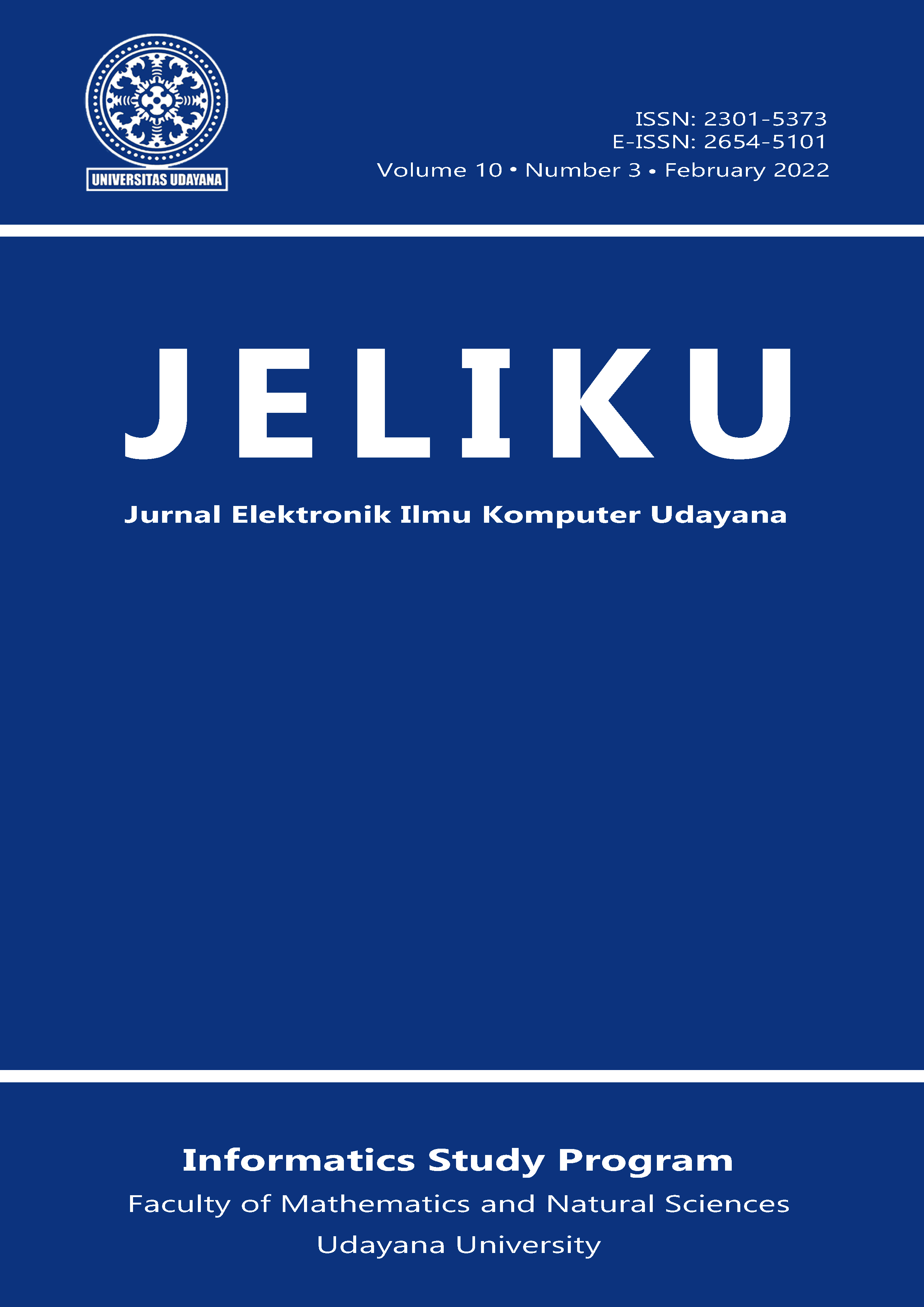VOCAL TONE PRECISION DETECTION USING HARMONIC PRODUCT SPECTRUM (HPS) AND K-NEAREST NEIGHBOR (KNN) CLASSIFICATION
Abstract
The progress of the digital era that is happening today, encourages rapid development in technology and science, one of which is in the field of art. Of all performing arts, the art of singing is the most complex, which requires a lot of preparation and practice. Everyone has a different type of voice. Males generally have three types of voice, namely bass, baritone, and tenor, while women generally have three types of voice, namely contralto (alto), mezzo-soprano, and soprano. However, not everyone knows what kind of voice they have. Therefore, this study will focus on classifying the human voice. In this study, the author uses the Harmonic Product Spectrum (HPS) and K-Nearest Neighbor (K-NN) algorithms. The data used is in the form of primary voice recording data obtained from 258 participants (male and female), where each person has 8 sound files, namely do, re, mi, fa, sol, la, si, and do'. saved in .wav format. From the research conducted, the test was carried out using the K-NN and K-NN methods with Hyperparameters. The results obtained in the form of accuracy of 74% and 81%, so that the Harmonic Product Spectrum (HPS) and K-Nearest Neighbor (K-NN) algorithms give good results for determining the type of human voice.






